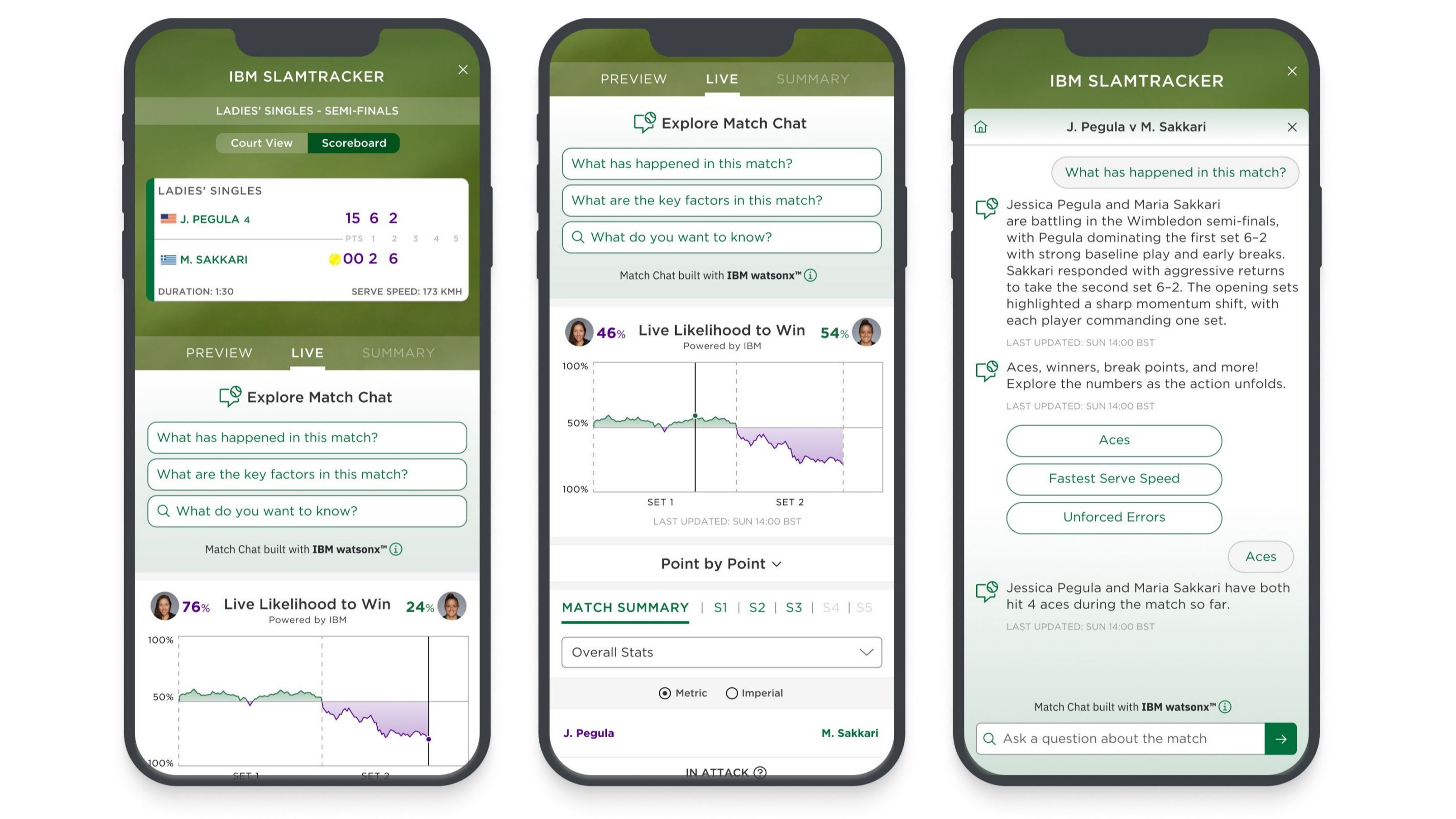A dozen Latin American countries are working together to launch Latam-GPT in September, marking the first large artificial intelligence language model specifically trained to understand the region's diverse cultures and linguistic nuances.
The open-source project is being led by Chile's state-run National Center for Artificial Intelligence (CENIA) alongside more than 30 regional institutions, with the aim of significantly increasing AI uptake and accessibility across Latin America.
Chilean science minister Aisen Etcheverry said the project "could be a democratising element for AI," envisioning its application in schools and hospitals with a model that reflects local culture and language.
Development of Latam-GPT began in January 2023, seeking to overcome inaccuracies and performance limitations of global AI models that are predominantly trained on English-language data.
Officials emphasised that the system is intended to serve as core technology for developing applications such as chatbots, rather than competing directly with consumer products like ChatGPT.
A key objective of the project is preserving Indigenous languages, with an initial translator already developed for Rapa Nui, Easter Island's native language. The project plans to extend this capability to other Indigenous languages for applications including virtual public service assistants and personalised education systems.
The AI model is based on Llama 3 technology and is being trained using a regional network of computers, including facilities at Chile's University of Tarapaca and cloud-based systems. Regional development bank CAF and Amazon Web Services have provided support for the initiative.
Whilst the project currently lacks a dedicated budget, CENIA head Alvaro Soto hopes that demonstrating the system's capabilities will attract additional funding.
The launch of Latam-GPT represents a significant step towards creating AI technology that better serves regional needs and cultural contexts, potentially setting a precedent for other regions seeking to develop culturally aware artificial intelligence systems.
Latest News
-
Tesco announces delivery drivers to wear body-worn cameras
-
Xiaomi links smartphone price hikes to rising memory chip costs
-
Singapore to follow UK’s cybersecurity protections
-
UK data centre spend set to surge to £10bn a year by 2029
-
Amazon rolls out AI-powered smart glasses for delivery drivers
-
FCA takes legal action against HTX for illegal crypto promotion in the UK
The future-ready CFO: Driving strategic growth and innovation
This National Technology News webinar sponsored by Sage will explore how CFOs can leverage their unique blend of financial acumen, technological savvy, and strategic mindset to foster cross-functional collaboration and shape overall company direction. Attendees will gain insights into breaking down operational silos, aligning goals across departments like IT, operations, HR, and marketing, and utilising technology to enable real-time data sharing and visibility.
The corporate roadmap to payment excellence: Keeping pace with emerging trends to maximise growth opportunities
In today's rapidly evolving finance and accounting landscape, one of the biggest challenges organisations face is attracting and retaining top talent. As automation and AI revolutionise the profession, finance teams require new skillsets centred on analysis, collaboration, and strategic thinking to drive sustainable competitive advantage.
© 2019 Perspective Publishing Privacy & Cookies













Recent Stories